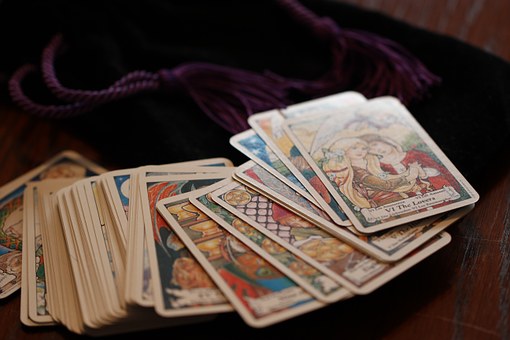By Bhikkhu Khantipalo
The way to that goal leads through what are called the Divine Abidings, which train the deep-rooted emotions from being unskillful into the skillful way of the Dhamma. As had already been emphasized (see previous articles), the aim of oneself as of all beings, is to gain happiness-producing conditions. Therefore one must act in such a way that happiness will result from one’s actions. One should, in this case, treat others as they would wish to be treated, for every living being is dear to itself, and wishes its own welfare and happiness. One cannot expect to have an isolated happiness arising from no cause or from itself, nor can happiness be expected if one maltreats other beings, human or otherwise. Every being desires life and is afraid of death, this being as true of ourselves as of other creatures.
Continue reading “Divine Abidings and their Perfection (Brahma-vihara)”


